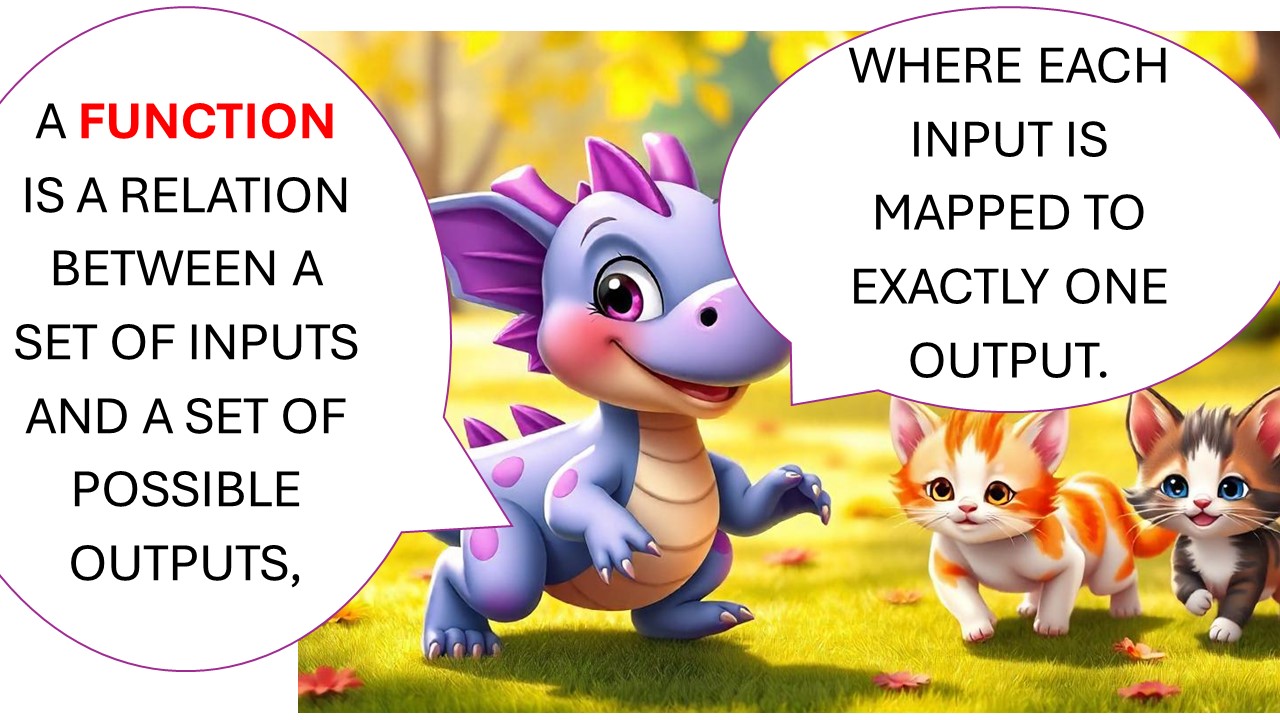Statistical Context:
Projection and transformation matrices appear frequently in statistics, especially in regression and PCA, where they play a crucial role in simplifying complex datasets and revealing underlying patterns. These matrices help in miniminimizemizing errors by projecting data points onto a subspace that best represents the relationships among the variables, thereby enhancing interpretability and predictive accuracy. In regression analysis, transformation matrices enable the effective handling of multicollinearity and improve the model’s performance by optimizing the variable relationships. Meanwhile, in Principal Component Analysis (PCA), these matrices are essential for dimensionality reduction, allowing statisticians to retain the most significant features while discarding noise or redundant information, which ultimately aids in visualizing and understanding high-dimensional data more effectively.
Linear Regression:
For a model :
- The fitted values
are projections of
onto the column space of
.
Principal Component Analysis (PCA):
PCA transforms data into a new space defined by principal components:
- Compute the covariance matrix
.
- Find eigenvectors and eigenvalues.
- Transform data to the new basis using the projection matrix formed by eigenvectors.
Summary Table:
| Concept | Matrix | Properties |
|---|---|---|
| Projection (Orthogonal) | ||
| Change of Basis | Maps vectors between bases | |
| Linear Transformation | Preserves linearity | |
| PCA Transformation | Projects to principal components |
Discover more from Science Comics
Subscribe to get the latest posts sent to your email.
